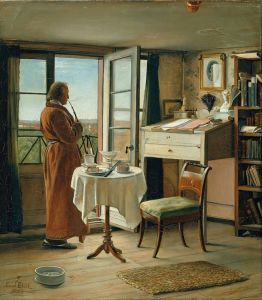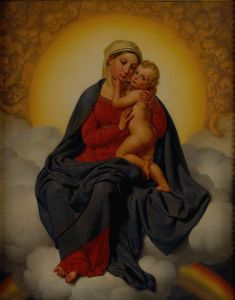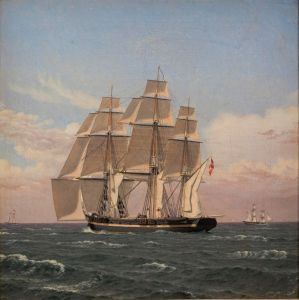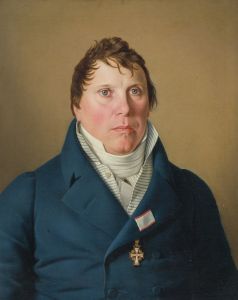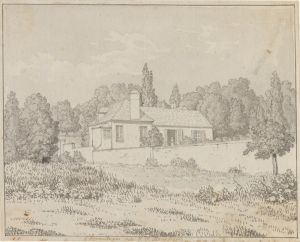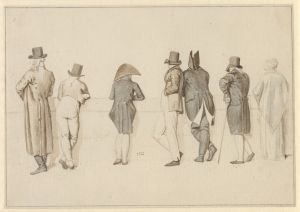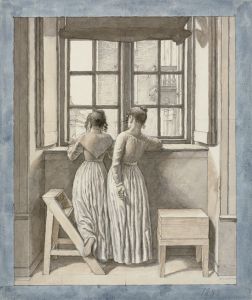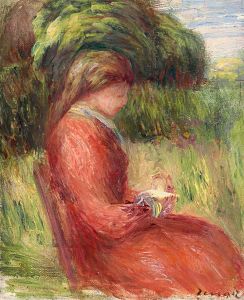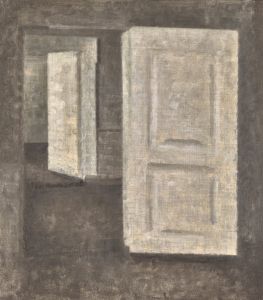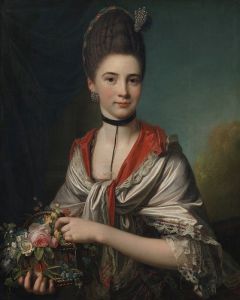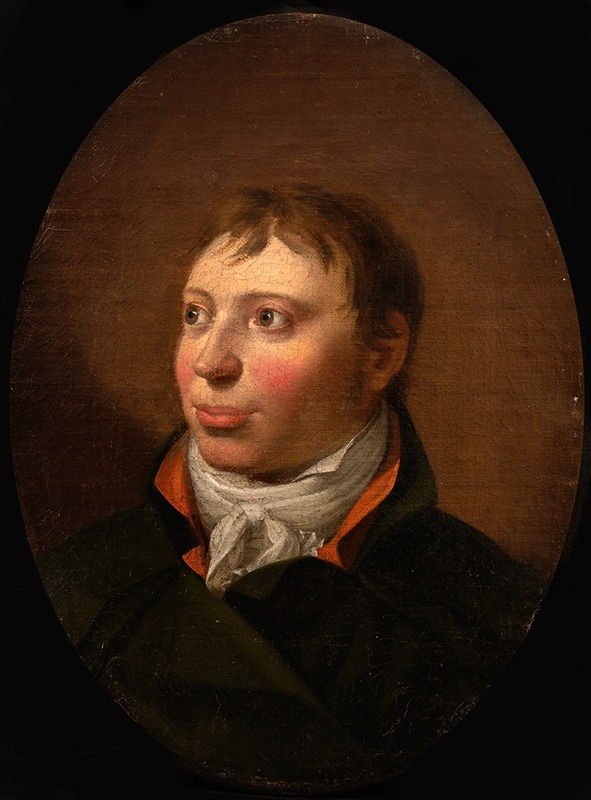
Portrait of a Man
A hand-painted replica of Christoffer Wilhelm Eckersberg’s masterpiece Portrait of a Man, meticulously crafted by professional artists to capture the true essence of the original. Each piece is created with museum-quality canvas and rare mineral pigments, carefully painted by experienced artists with delicate brushstrokes and rich, layered colors to perfectly recreate the texture of the original artwork. Unlike machine-printed reproductions, this hand-painted version brings the painting to life, infused with the artist’s emotions and skill in every stroke. Whether for personal collection or home decoration, it instantly elevates the artistic atmosphere of any space.
"Portrait of a Man" is a painting by the Danish artist Christoffer Wilhelm Eckersberg, who is often referred to as the father of Danish painting. Eckersberg was born on January 2, 1783, in Blåkrog, Denmark, and he played a crucial role in the development of the Danish Golden Age of painting. He was a professor at the Royal Danish Academy of Fine Arts and influenced many prominent Danish artists.
The exact date of the creation of "Portrait of a Man" is not definitively known, but it is believed to have been painted during the early 19th century, a period when Eckersberg was actively producing portraits and other works. Eckersberg's portraits are known for their meticulous attention to detail and the ability to capture the essence of the sitter's personality.
"Portrait of a Man" exemplifies Eckersberg's skill in rendering the human figure with precision and sensitivity. The painting depicts an unidentified man, dressed in contemporary attire, with a composed and thoughtful expression. The background is typically simple, ensuring that the focus remains on the subject. Eckersberg's use of light and shadow adds depth to the figure, highlighting the contours of the face and the texture of the clothing.
Eckersberg's training included studying under the renowned French Neoclassical painter Jacques-Louis David in Paris from 1811 to 1812. This experience significantly influenced his style, evident in the clarity and structure of his compositions. After his time in Paris, Eckersberg traveled to Rome, where he further honed his skills and absorbed the influences of classical art and the Italian masters.
Upon returning to Denmark, Eckersberg became a central figure in the Danish art scene. His teaching at the Royal Danish Academy of Fine Arts from 1818 until his death in 1853 helped shape a generation of Danish artists. His emphasis on studying from life and his dedication to capturing the truth of his subjects left a lasting legacy.
"Portrait of a Man" is part of Eckersberg's broader oeuvre, which includes not only portraits but also landscapes, historical scenes, and marine paintings. His works are characterized by their clarity, precision, and a keen observation of nature and human anatomy.
Today, Christoffer Wilhelm Eckersberg's paintings are held in high regard and can be found in various museums and collections, particularly in Denmark. The "Portrait of a Man" is an example of his mastery in portraiture and his contribution to the Danish Golden Age of painting. Eckersberg's influence extends beyond his lifetime, as he laid the foundation for the development of modern Danish art.





